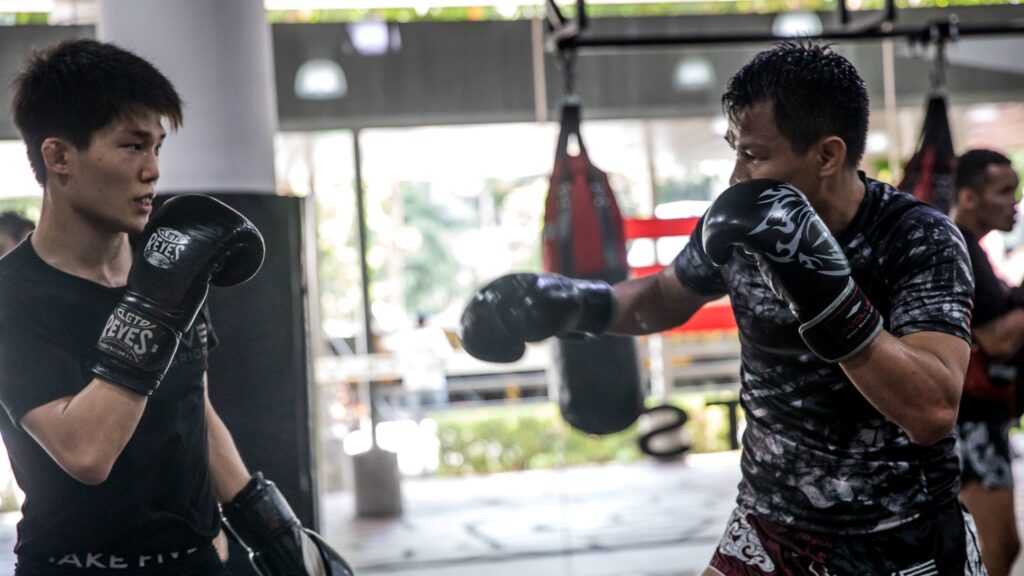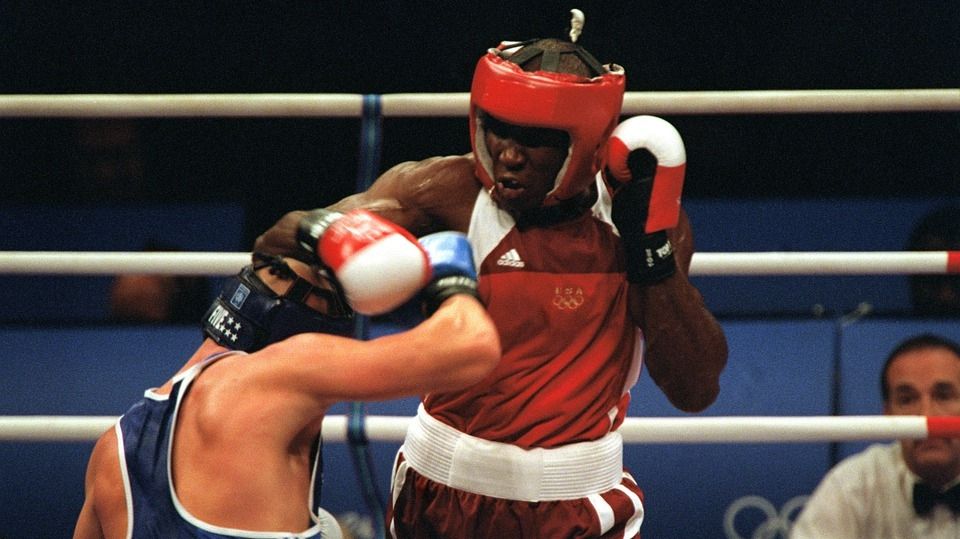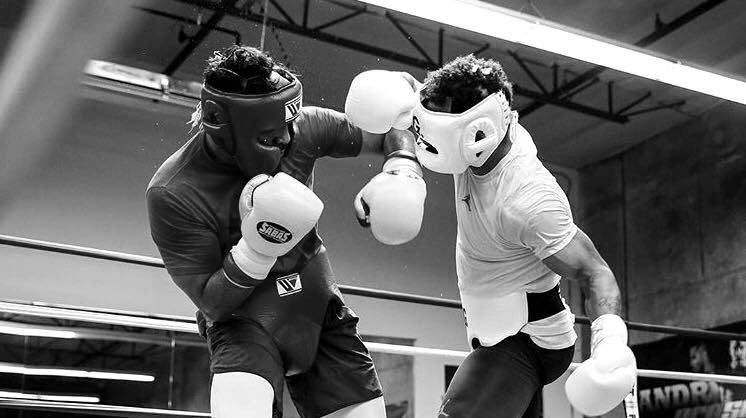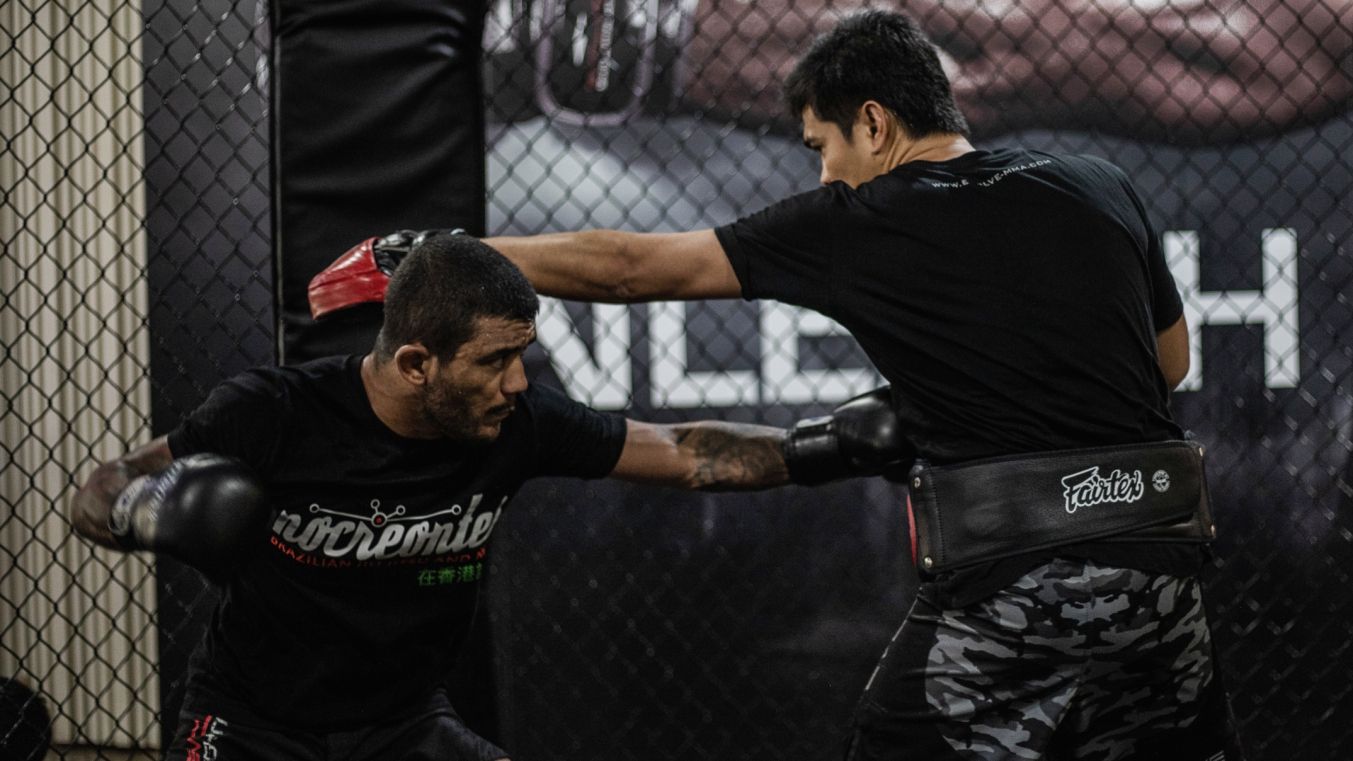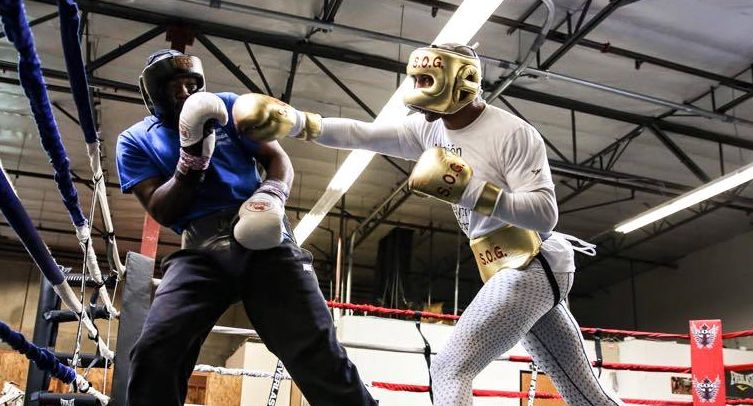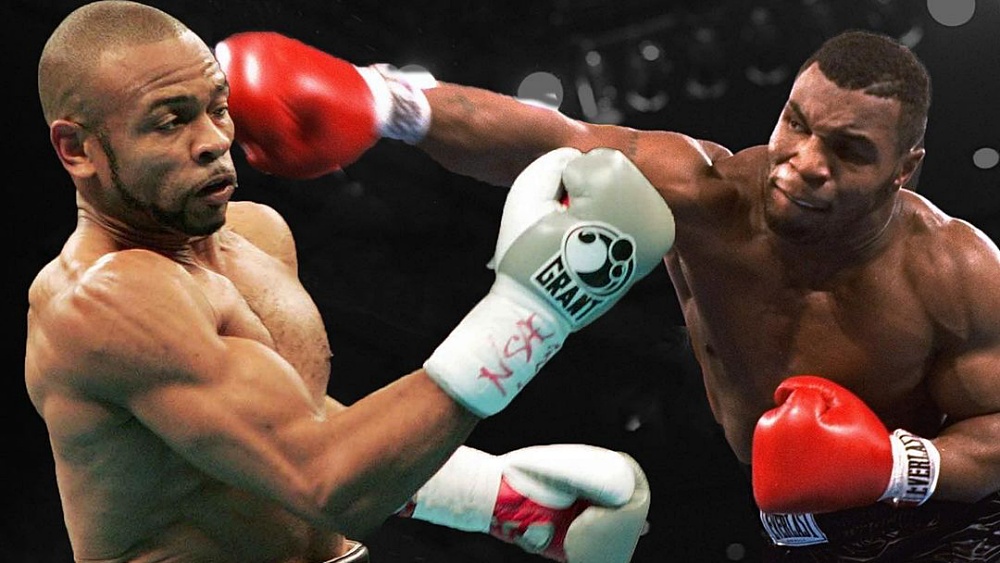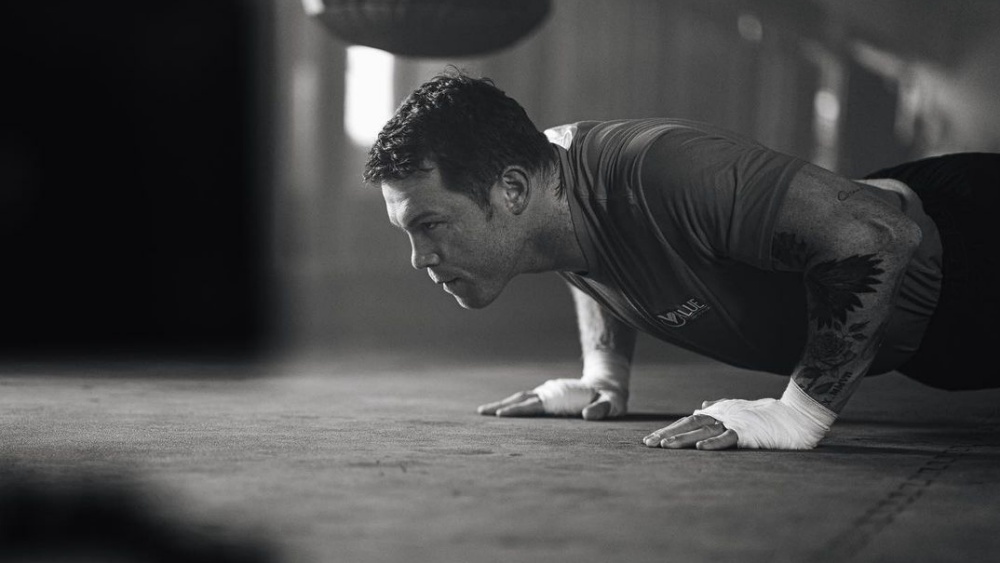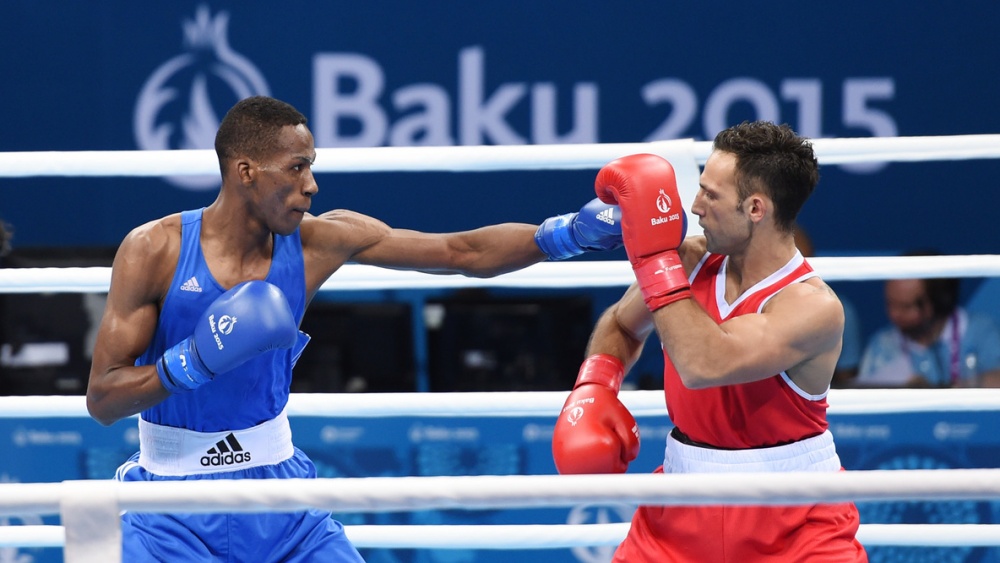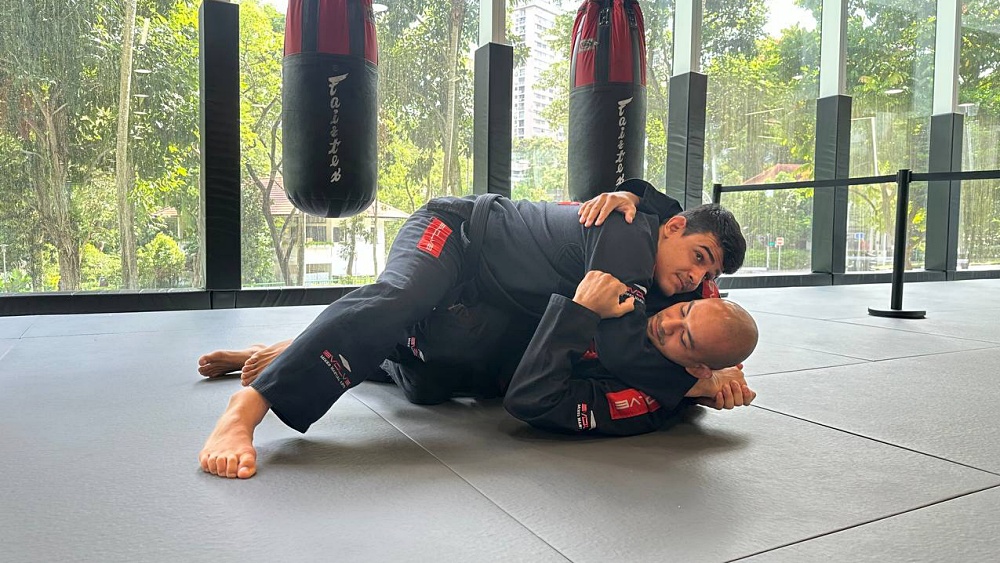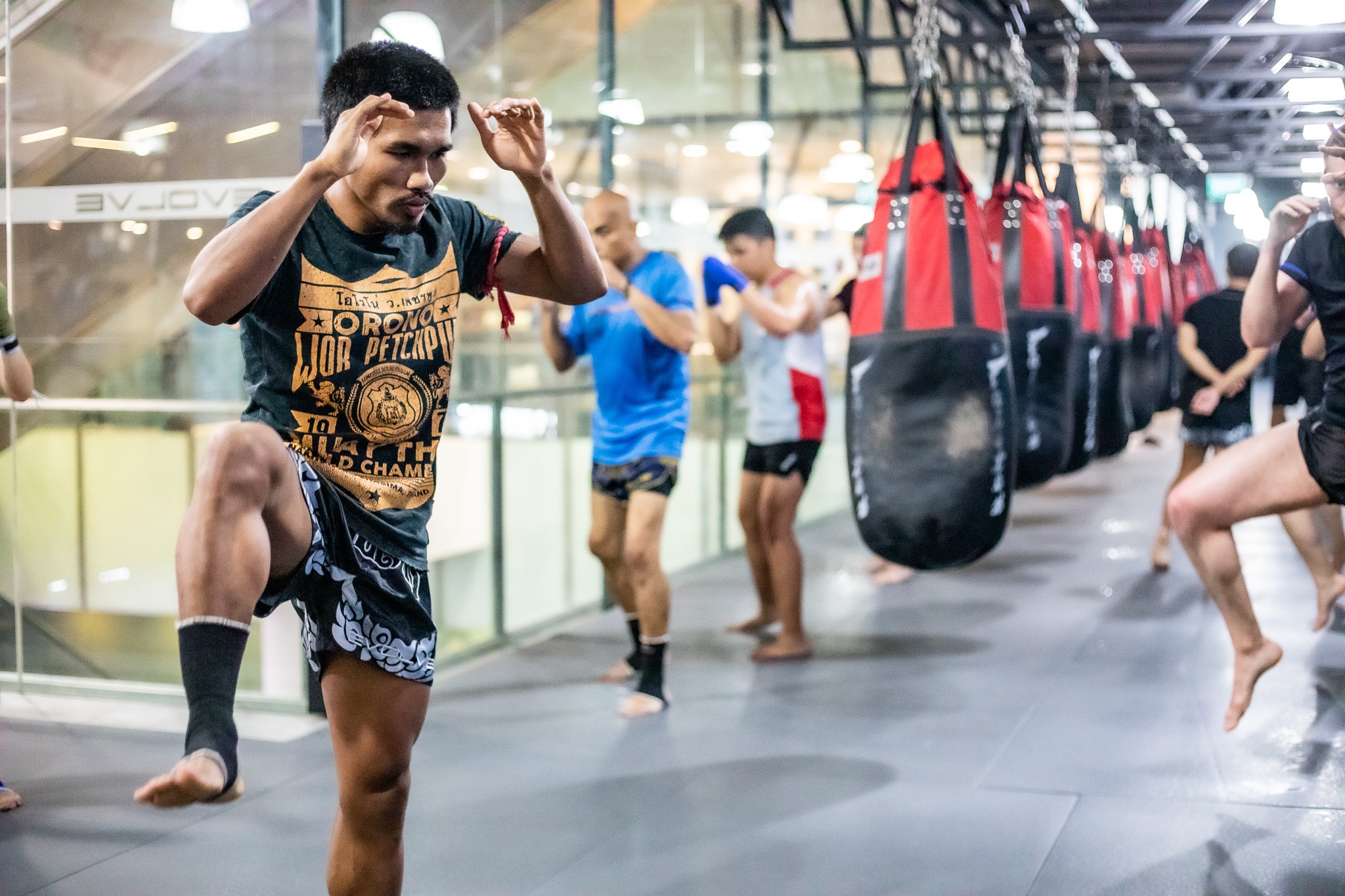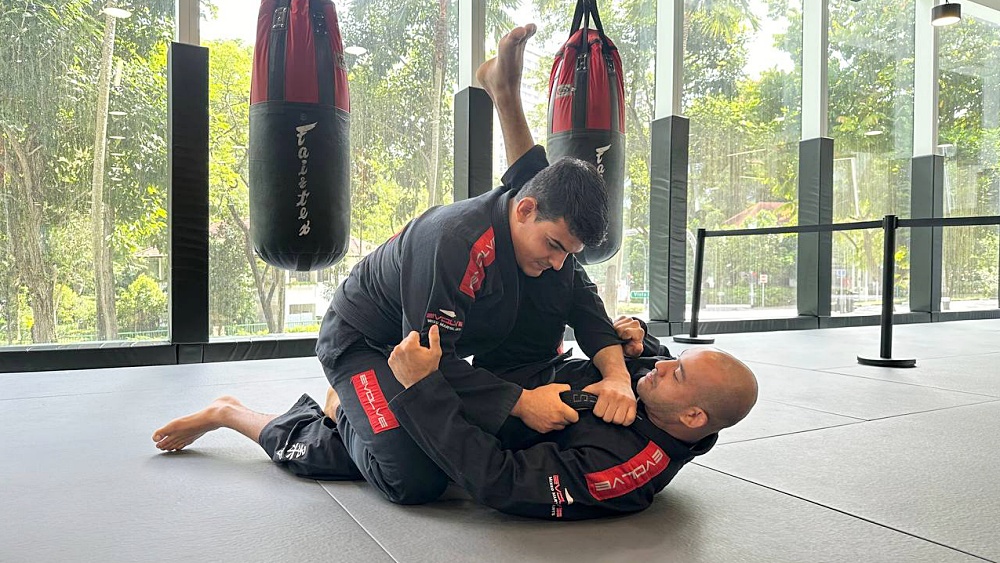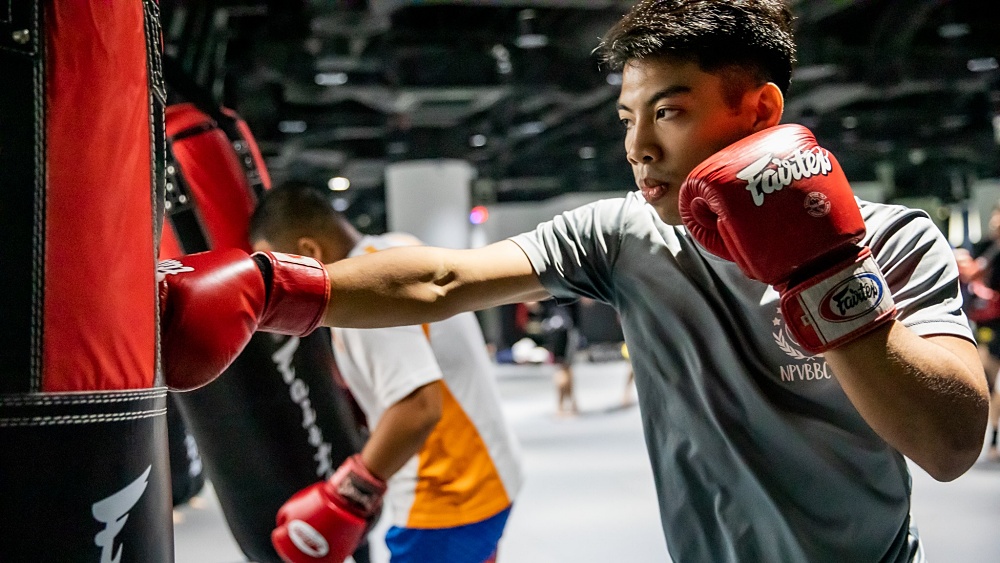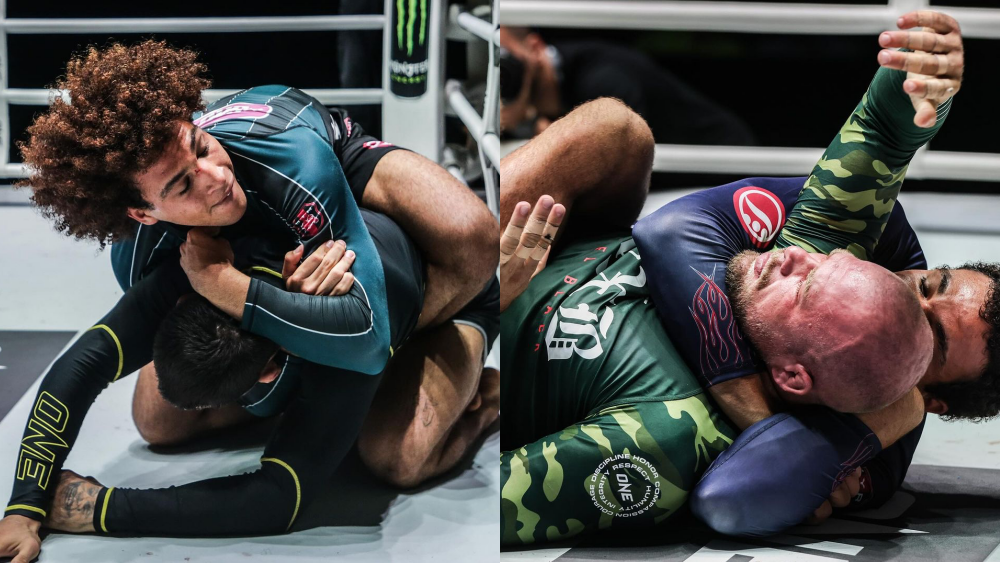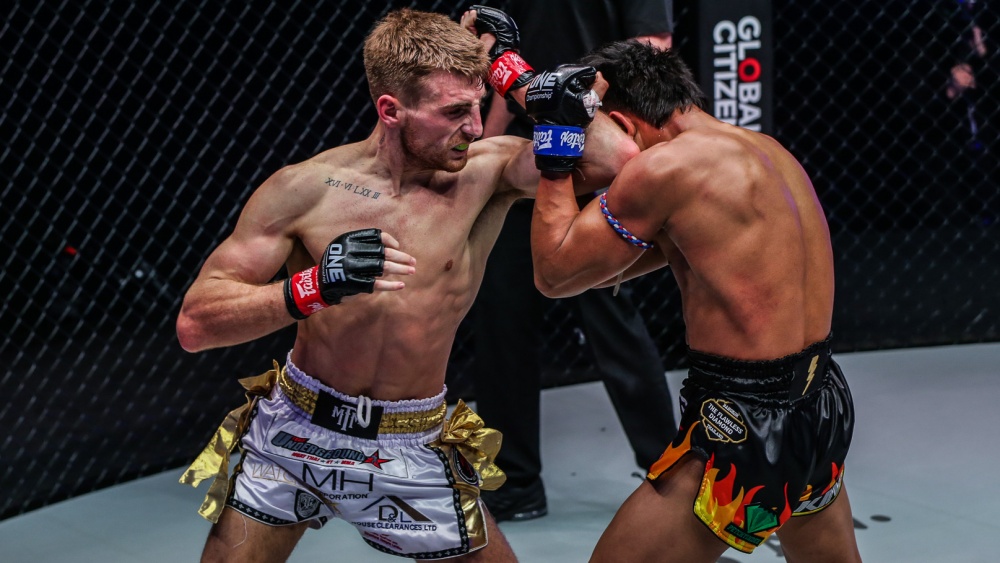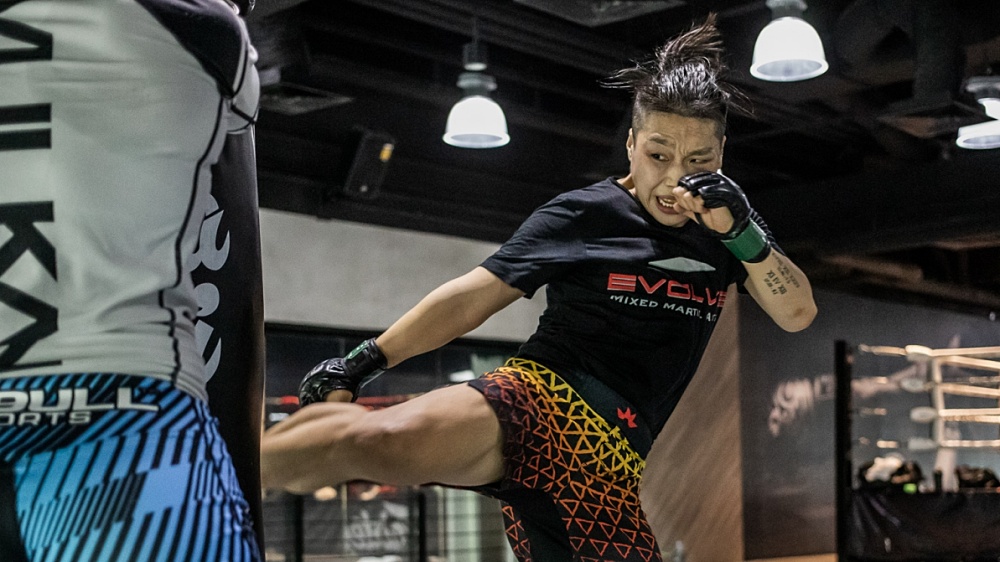The art of the counterpuncher is one that takes years of training to perfect.
Needless to say, everything you need to know about counterpunching will not be found in this compact guide, but we will cover some of the most important things to consider. If you are basing your boxing style on that of a counterpuncher, you are effectively committing yourself to fight in a way that requires a great boxing mind, strong reflexes, an understanding of timing, distance, range, and, of course, the ability to set traps.
The golden rule when counterpunching is to turn your opponent’s offense into your offense. In other words, to use their style, patterns, and propensity for throwing particular shots at certain times against them. This will involve studying your opponent as you are in the midst of a fight and registering how they operate when entering and exiting in order to capitalize when the opportunity arises.
Throughout the history of boxing, fighters such as Willie Pep, Gene Tunney, Floyd Mayweather Jr., Gene Tunney, Sugar Ray Robinson, Muhammad Ali, and Archie Moore have thrived on the counterpunch.
With the right commitment and dedication, you can too.
What Is A Counterpunch?
A counterpunch is a strike that is returned by a fighter directly following an attack by their opponent. Although counterpunching is more common when an opponent has thrown a shot, it is still within the definition of the term to throw a punch as an opponent is loading up or exiting a shot.
The counterpunching boxer is one that places emphasis on the defensive aspects of the game and more often than not is an expert at protecting themselves from being hit. Rather than stalking, chasing, or walking down an opponent, a counterpuncher will use their excellent sense of distance and range – in addition to their superior reflexes and speed – to only strike when there is a reasonable chance of landing. As such, counterpunching is synonymous with defense in the world of boxing.
Here’s How To Perfect Your Hook In Boxing https://t.co/X0YJ51Ofew #EvolveMMA #Boxing pic.twitter.com/M0LOm0VH3j
— Evolve MMA (@EvolveMMA) July 17, 2019
Counterpunchers are usually cerebral fighters who pay attention to how a boxer moves in order to understand how best to attack. By reading their style and habits, a counterpuncher can time their shots to land when an opponent has committed, overextended, or has the habit of leaving themselves exposed when retreating from a punch.
The Three Main Windows Of Counterstrikes
Although there are many ways to capitalize on an opponent’s mistakes as a counterpuncher, there are three main ways to do so.
These are:
- Out-timing your opponent – When within range of an opponent that is loading up with a heavy shot, you can throw a faster punch before he can get his in motion.
- When your opponent overextends – Floyd Mayweather Jr. was an expert at making opponents overextend. One of his greatest tricks was to hang his head over his lead leg to give the illusion that he was closer before pulling back and throwing a straight right when that opponent basically threw a shot into thin air.
- When they are resetting – If you have measured that a fighter is sloppy when throwing a jab, this should present to you a window of opportunity. In order to capitalize, you must con your opponent into throwing that jab before slipping it and catching him on the way out.
There are various other ways to counter a shot involving parries and traps, too.
If you can convince an opponent to throw a straight – and you have the reflexes to parry his rear hand into his lead hand – this will create an opening for your own straight right.
If you can time an opponent’s lead left hook, you can step to the left and throw a check left hook to take advantage of his lack of balance.
Here’s How To Perfect Your Cross In Boxing https://t.co/ta3NzdHnYb #EvolveMMA #Boxing pic.twitter.com/mr59hYefNW
— Evolve MMA (@EvolveMMA) July 6, 2019
Counterpunching is the exploitation of your opponents’ vulnerabilities. Quite often, these vulnerabilities are exposed when they are seemingly throwing their strongest punches or those that they rely on when under pressure. Of course, to make them throw these shots, you have to sell them something that they will buy, each and every time.
Sometimes, you must even trick them into thinking they are countering you, or you are open for them to pounce on. By convincing them to throw the shots you want them to throw, you will beat them to the exchange, time and time again.
Getting Your Opponent To Commit
Keeping your opponent active is key as a counterpuncher. Even if you have been enjoying success in countering his jab all night, there will come a point when he refuses to lead with the jab because he knows what is coming next.
Imagine standing below a window and tapping it with pebbles to make the occupier pop his head out. If you are throwing larger stones at him every time he does, he will eventually close that window to avoid being hurt. If this is the case, you must then find other ways of creating openings, like tapping on the front door or aiming for the other window.
By keeping him active, you can exploit any openings that arise from him committing to answering your call. In essence, you are looking to react to his activity. If you cannot make him act first, you will not have the window to react, thus the fight will pretty much become a stalemate.
The Confluence Of Defense And Offense
What makes a great counterpuncher is the ability to make your defense and your offense one and the same. Imagine two rivers of equal size meeting in the middle. The waves of both merge to create a stronger tide and one that you can use to your advantage, each and every time you fight.
When you are blocking, slipping, sidestepping, parrying, or ducking under punches, you could be countering. Now, the important thing to remember here is that you don’t want to be predictable, but every great counterpuncher must capitalize on the openings that come along, especially if they are few and far between. Landing punches wins fights, and you will need to land enough to score, even as a counterpuncher.
You will find that a high number of the greatest counterpunchers have the balance between defense and offense down to an art – most will also use the shoulder roll defense to free up the straight right for faster strikes.
Footwork is also going to be a massive part of your success as a counterpuncher, so ensure that you spend as much time as you can in sparring perfecting your movement. Study the greats and watch how they set traps. Pay attention to how they sit in the pocket and then mix it up by prompting their opponents into traps with feints and clever movement.
If you found this article interesting, here are some others that you may enjoy:
The 5 Most Explosive One-Punch Knockouts In Boxing History
10 Of Vasyl Lomachenko’s Signature Boxing Techniques You Can Add To Your Game
